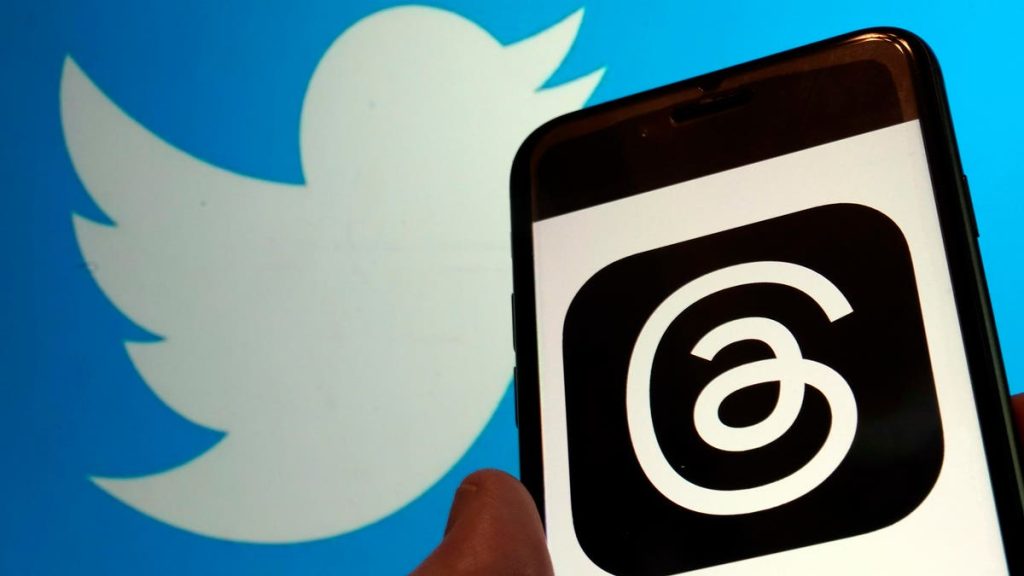One look at the latest headlines surrounding Twitter, and you might think the Meta Threads launch (boasting 30 million sign-ups in one day), declining Twitter user engagement, or controversial reading limits are the only important news about the company—you’d be mistaken.
Rather quietly this week Twitter was awarded money transfer licenses in three states, a journey that started nearly six months ago when the company began applying for licenses across the US. With Twitter CEO Linda Yaccarino at the helm, Twitter is building the “Everything App”, complete with chat, social, and payments. And Elon claims Payments will generate as much as $1.3 billion in revenue by 2028.
Twitter has become the latest tech giant to join the fintech gold rush.
Twitter joins the likes of Apple
AAPL
, which ventured into consumer credit cards and savings accounts with its partnership with Goldman Sachs and the launch of Apple Pay, Apple Pay Later, and Apple Pay Savings (more on that later); Facebook, which recently launched Meta Pay and dedicated an entire department (F2) to payments across its Metaverse ecosystem; and Google
GOOG
, which continues to expand the capabilities of its digital wallet.
Why the sudden interest now?
One possible explanation is the potential for growth, profitability and technoligcal disruption across the increasingly antiquated financial services sector.
It’s no secret that traditional banks have faced challenges in adapting to the digital era, or that consumers are increasingly turning to mobile banking solutions (e.g. Chime, Sofi, and Varo) for their financial needs. These digital-first banks are fee-free, offer best-in-class UI and UX, and pay out yields at much higher rates than their traditional counterparts. Hence why they’re winning share hand-over-fist, and why Jamie Diamon sees them as the number one threat to his business.
At the same time, Big Tech companies, who historically relied on traditional advertising models, realized that they could diversify their revenue streams and avoid the slump, simply by tapping into the wallets of their user bases to capture billions in deposits overnight.
How are traditional banks reacting?
I see two strategies unfolding as we speak. One: insource the development of new technology to compete head to head with the Fintech startups and Big Tech companies; Two: partner with Fintechs and Big Tech to unlock new segments of the market.
JPMorgan Chase
JPM
(NYSE: JPM), for example, is taking the former approach. The firm opened 3600 AI-related roles to accelerate its digital transformation and plans to take competitors head-on. Bank of America, Goldman Sachs and BNY Mellon Pershing on the other hand, are taking the latter approach: they’re partnering with and investing in Fintech startups.
While only time will tell which approach to innovation will prove to be more fruitful in the consumer banking world, one thing is for sure: Financial services is the new frontier for Big Tech.
Read the full article here



